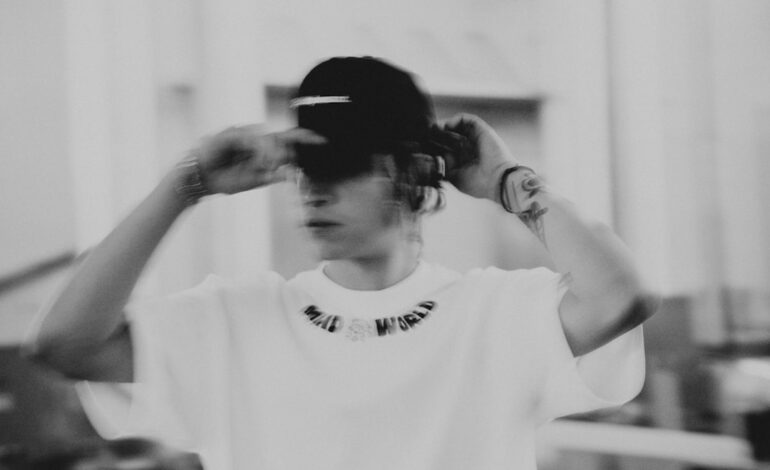Spot the fake: a savvy shopper’s guide to authenticating designer goods
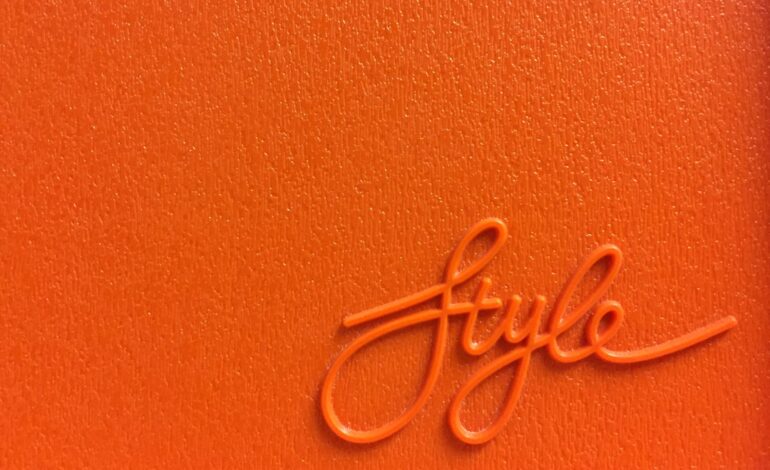
The thrill of the hunt, the agony of the fake
There’s a special kind of magic in finally owning that designer piece you’ve been dreaming of. It’s more than just a handbag, a pair of shoes, or a trench coat; it’s a piece of art, an investment, and a testament to impeccable craftsmanship. But in the booming world of online shopping and secondhand marketplaces, a darker side lurks: the rise of sophisticated counterfeits. The disappointment of discovering your prized possession is a fake is a feeling no fashion lover should experience. That’s why we’re here to arm you with the knowledge to become an authentication expert in your own right.
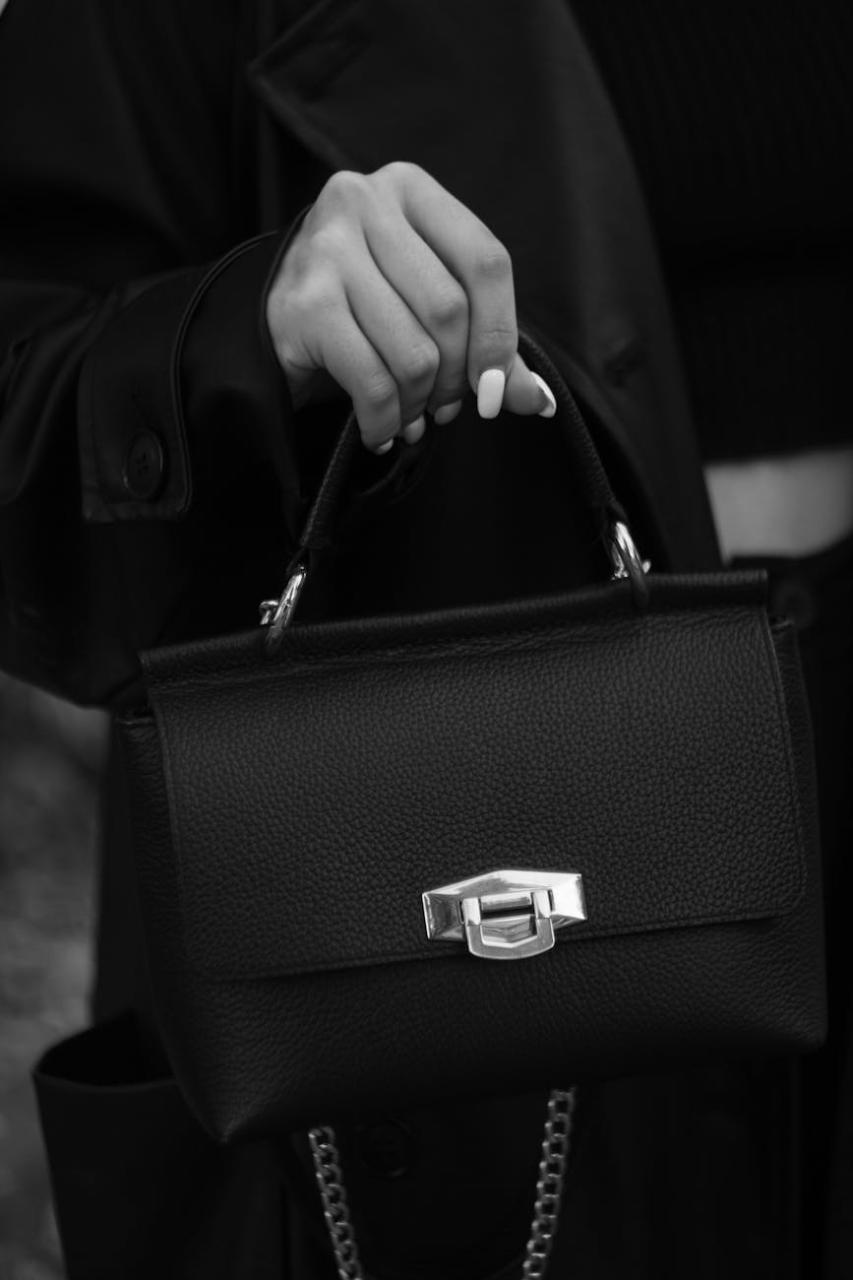
At KIQIZ, we believe that smart shopping is the best kind of shopping. This guide will walk you through the universal red flags and item-specific details, transforming you from an anxious buyer into a confident connoisseur. Let’s dive in and protect your investment.
The universal checklist: 8 signs a designer item is a fake
While every brand has its unique identifiers, most counterfeit items fail on the fundamentals. Before you even look at brand-specific details, run your potential purchase through this universal checklist. If it fails on one or more of these points, it’s time to walk away.
1. The price is too good to be true
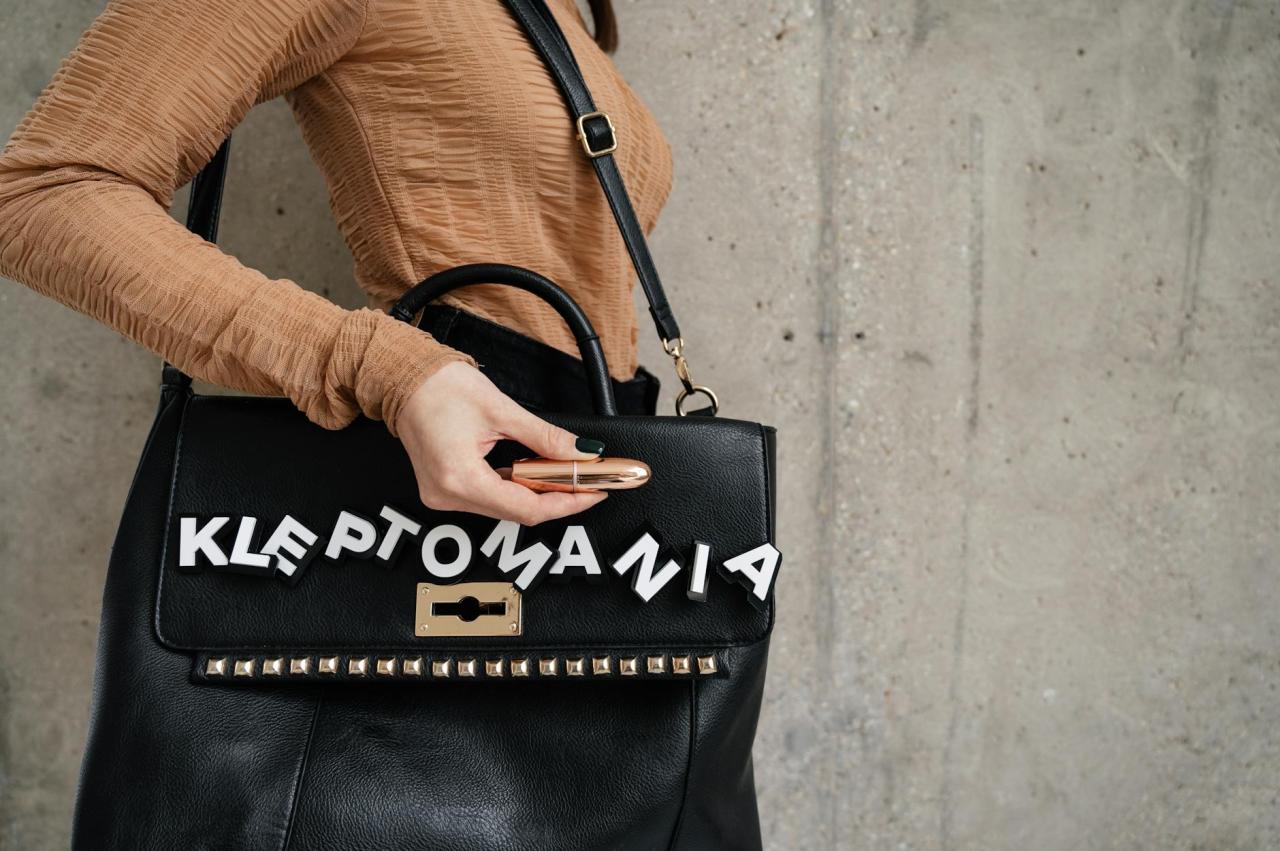
This is the first and most obvious red flag. Luxury brands control their pricing tightly. If you see a brand-new Chanel Classic Flap for a few hundred dollars on a random website, it’s a fake. While you can find deals on pre-loved sites, a price that is drastically below market value for even a used item should set off major alarm bells. Do your research on reputable resale sites to get a feel for the fair market price of the item you’re looking for.
2. Sloppy stitching
Haute couture houses are built on a reputation of perfection. Their artisans are masters of their craft, and this is most evident in the stitching. On an authentic designer item, the stitching will be flawless. Look for:
- Consistency: Every stitch should be the same size and length. The lines should be perfectly straight.
- Evenness: There should be no loose threads, double stitching, or crooked seams.
- Stitch Count: Many brands, like Hermès and Chanel, have a specific number of stitches per inch. A quick search can tell you what to expect for a particular bag. Counterfeiters often use fewer stitches to save time and money, resulting in a less durable and less refined look.
3. Flimsy materials and poor craftsmanship
Luxury is a sensory experience. A real designer item feels substantial and well-made. Close your eyes and run your hands over it. A genuine leather bag will feel supple and have that distinct, rich smell of real leather. Fakes often use cheap “pleather” or treated plastic that can have a chemical or rubbery odor. The item should have a certain weight to it; fakes are often surprisingly light due to lower-quality materials and hardware.
4. Lightweight and cheap hardware
Hardware—the zippers, clasps, buckles, and feet—is a massive giveaway. Authentic designer hardware is solid, heavy, and built to last. It should not chip, flake, or feel like coated plastic. Zippers should glide smoothly and effortlessly. Many brands use specific zipper manufacturers (like Lampo or Riri) and will often have the brand name subtly engraved on the metal. Fake hardware, on the other hand, is often lightweight, hollow, and the plating can easily scratch off to reveal a cheaper metal underneath.
5. Incorrect logos, fonts, and branding
This is where counterfeiters often slip up. They might get the overall design right, but the devil is in the details of the branding. Scrutinize the logo and any other brand stamps.
- Spelling: It sounds basic, but misspellings happen!
- Font: Is the font exactly right? For example, the ‘G’s in a Gucci logo should be very specific, and the ‘C’s in a Chanel logo should have a particular shape.
- Spacing: The letters in a brand stamp should be crisp, evenly spaced, and cleanly embossed or printed. Messy, blurry, or unevenly spaced lettering is a tell-tale sign of a fake.
6. Suspicious packaging and authenticity cards
Ironically, authenticity cards are one of the easiest things to fake. Never rely on a card alone to verify an item. Often, fake cards will have typos or generic-looking fonts. The same goes for dust bags and boxes. While authentic packaging is a nice bonus, its presence doesn’t guarantee authenticity. Look at the quality. A real dust bag will be made of high-quality, soft material with a perfectly executed logo. A fake one will feel cheap and thin, with a printed logo that might flake off.
7. That tell-tale smell
As mentioned earlier, your nose can be a powerful authentication tool. High-end items made from genuine leather will have a rich, natural leather scent. Counterfeits, on the other hand, are often made with cheap synthetic materials and glues, resulting in a strong chemical or plastic smell. If you unbox your purchase and are hit with an unpleasant, factory-like odor, it’s a serious red flag.
A deeper dive: authenticating specific items
Once an item passes the general checklist, it’s time to look at brand-specific details. Here are a few popular examples.
How to spot a fake designer handbag
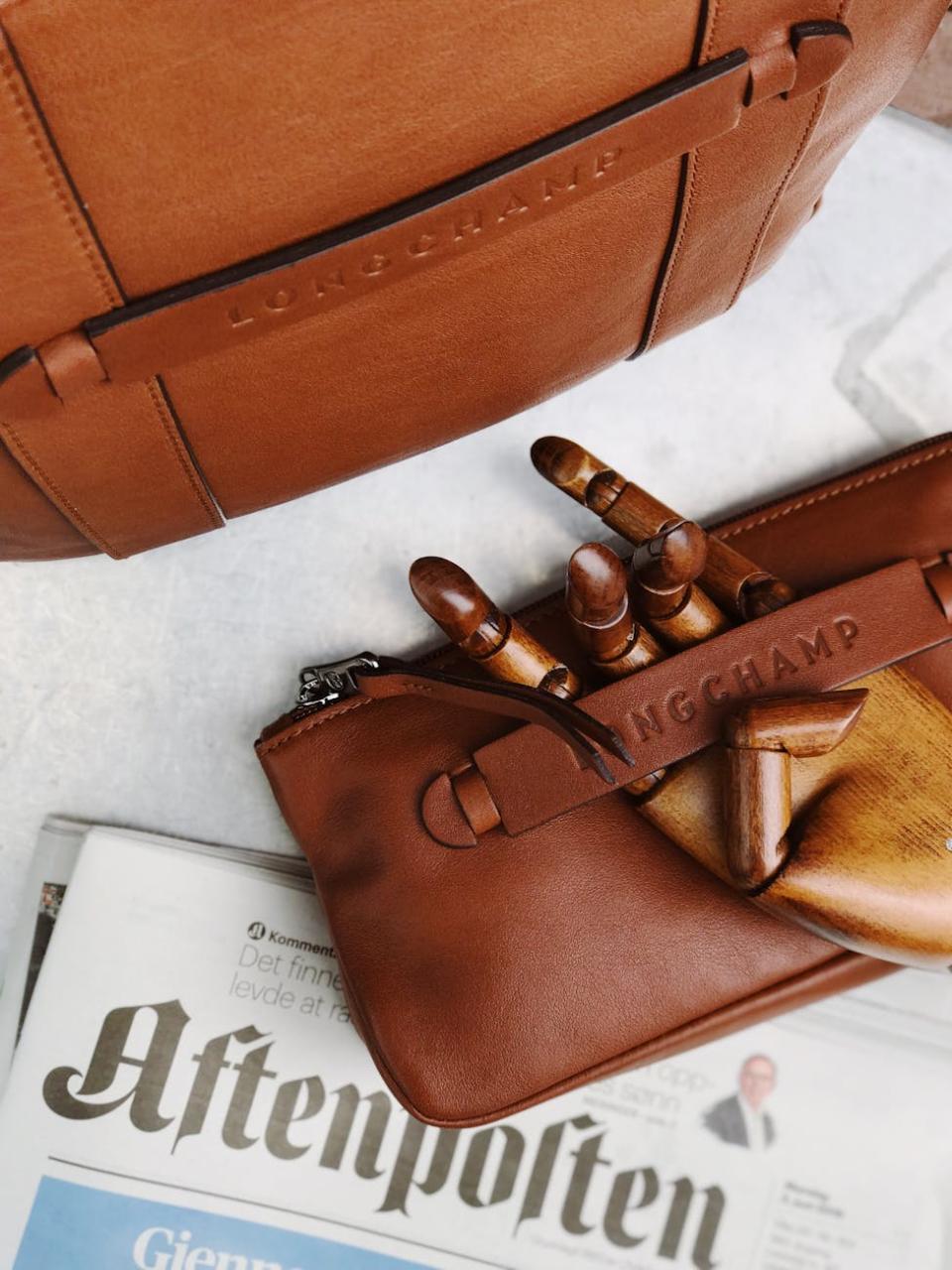
Handbags are the most commonly counterfeited luxury items. Let’s take a Louis Vuitton Speedy as an example. Look for the Vachetta leather handles and trim; on a real bag, this untreated leather will darken over time to a beautiful honey color, a process called a patina. Fakes often use a treated, cheaper leather that won’t patina correctly. Also, check the monogram placement. On most classic styles, the LV monogram pattern will be symmetrical and consistent from one side to the other, and it’s rarely cut off by a seam.
How to spot fake designer shoes
For shoes, let’s look at the iconic Christian Louboutin pumps. The number one thing to check is that famous red sole. An authentic red sole is made of lacquered leather, not plastic. It will be a vibrant, glossy red but shouldn’t look like cheap paint. The branding on the insole and the “Made in Italy” stamp on the sole should be clean, elegant, and perfectly centered. The overall construction of the shoe should be graceful and balanced, not clunky or disproportionate.
How to spot a fake designer coat
Take the classic Burberry trench coat. A key detail is the famous check pattern used for the lining. The lines of the check should be perfectly straight and match up seamlessly at the seams. It’s a sign of meticulous craftsmanship that counterfeiters rarely bother to replicate. Also, inspect the buttons. They should be of high quality, often with ‘Burberry’ engraved around the edge in a very specific, clean font.
The digital detective: how to buy authentic designer items online
Buying online requires an extra layer of vigilance. Here’s how to protect yourself.
- Scrutinize photos: Never buy from a seller who only uses stock photos from the brand’s website. You need to see the actual item you’re buying. Ask for high-resolution photos from multiple angles, including close-ups of the hardware, stitching, interior tags, and any serial numbers or date codes.
- Check the seller’s history: On platforms like eBay, The RealReal, or Vestiaire Collective, look at the seller’s ratings and read their reviews. A long history of positive feedback is a good sign.
- Use secure payment methods: Always pay through a secure method that offers buyer protection, like PayPal or a credit card. Never agree to pay via a wire transfer or other untraceable methods. These services can help you get your money back if the item turns out to be a fake.
What to do if you’ve already bought a fake
It’s a sinking feeling, but don’t panic. You have options. First, contact the seller immediately and state your case calmly and clearly, providing photos as evidence. If they are uncooperative, escalate the issue. If you paid with a credit card, you can initiate a chargeback for being sold a counterfeit item. If you used PayPal, open a dispute through their Resolution Center. Finally, report the seller to the platform where you made the purchase to help protect other shoppers.
Shop smart, stay fabulous
The world of designer fashion should be about joy, not stress. By learning these key details, you empower yourself to make smart, confident purchases. You’re not just buying an item; you’re investing in quality, history, and craftsmanship that will last a lifetime. So take your time, do your homework, and trust your instincts. The real deal is always worth the wait.
